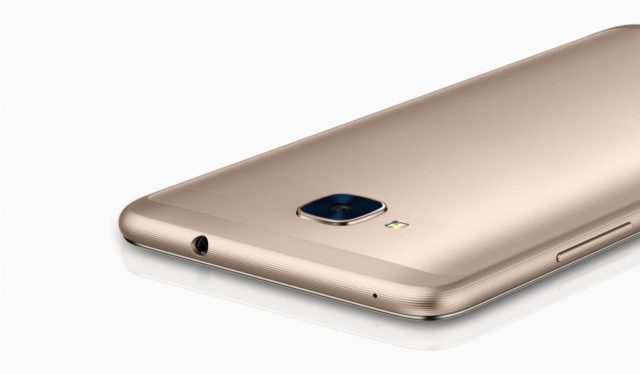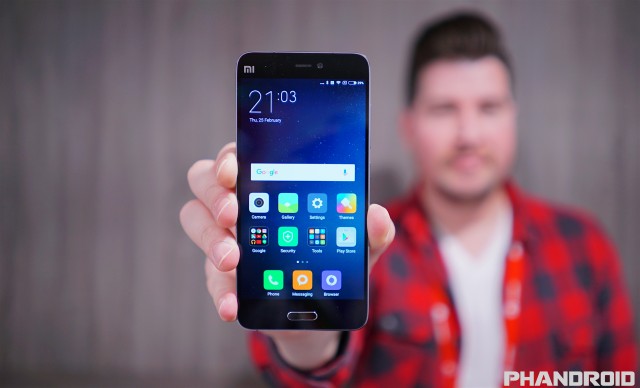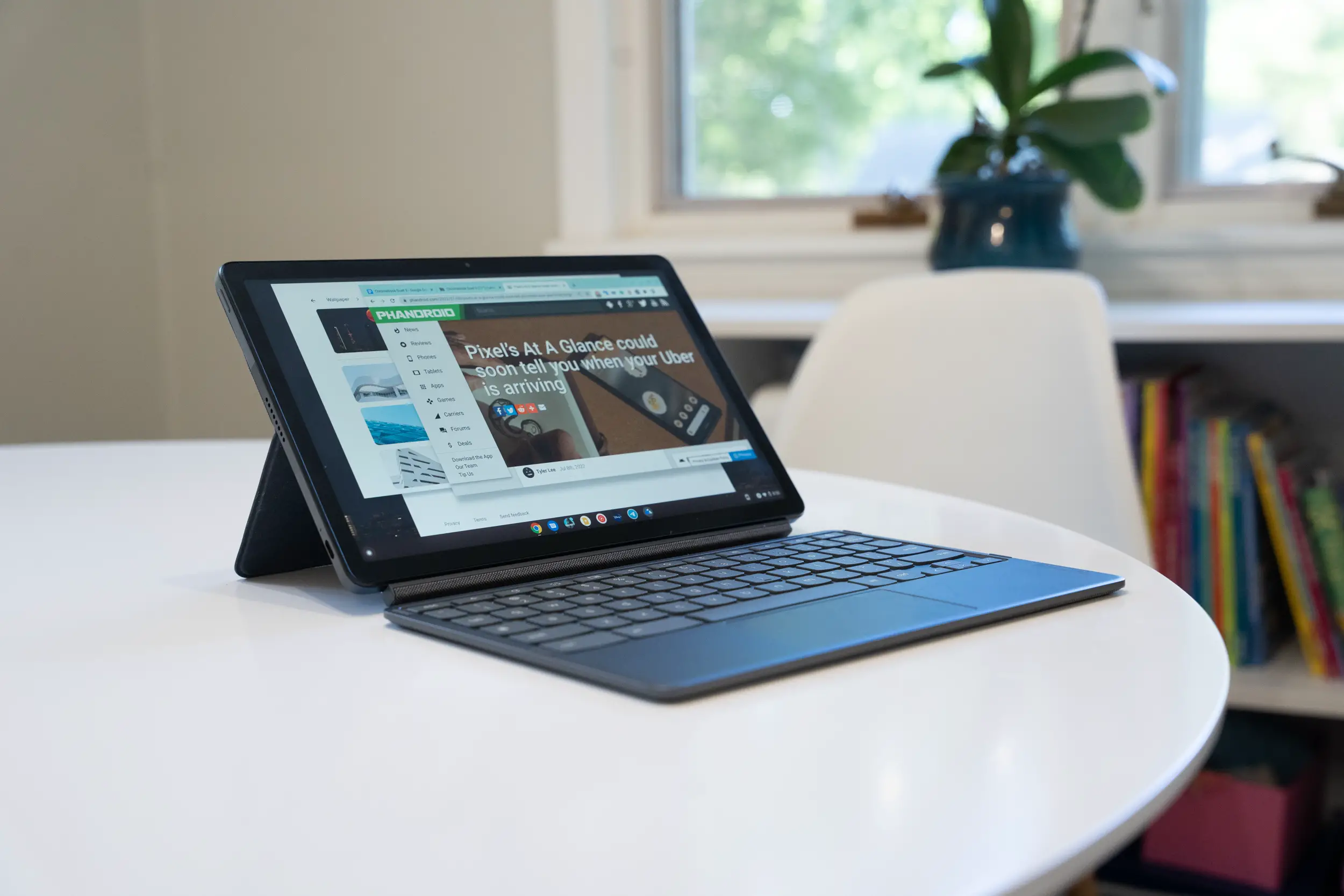I’m not going to lie, a flagship-tier smartphone for $400 or less is quite compelling. For the price of one Samsung Galaxy S7, I could pick up two OnePlus 3’s for me and my wife. Sure, the phone isn’t water resistant, but with the amount of money I’d save I could just buy another OnePlus 3 if I accidentally drop it into the pool.
The bargain flagship smartphone is definitely beneficial to consumers in the short run, but it’s not good for the industry and will likely not last for much longer.
Best Cheap Android Phones
Over the past few years, we’ve seen Chinese manufacturers flood the market with hundreds of new Android smartphones. At first, most of these devices were crap. While the phones ran on Android, the GUI typically resembled iOS instead of stock Android. While most of these devices never made their way out of a few select markets in Asia, they millions of them at bargain basement prices, build up demand for smartphones in China and India. After a handful of iterations, these Chinese smartphone manufacturers have gotten a lot better at what they do and have become recognizable on a global scale – at least among those who follow the smartphone industry.
The business model simply doesn’t work.
If you take a product that everyone wants and cut the price in half, it’s quite easy to grab people’s attention and sell millions of units. But the business model isn’t sustainable. If you’re selling a product for half its perceived value, you need to compromise by your build cost and reducing your profit margin. Since everyone knows what processor, display and battery capacity flagship-tier smartphones should have, these bargain smartphone makers often choose to compromise on build quality in an effort to include the must-have components that smartphone enthusiasts are asking for.
In the end, consumers are able to buy a flagship-tier smartphone (with a few small compromises) at an incredible price. The manufacturer building the smartphone manages to build its reputation and grow its business just enough to expand and repeat the process all over again.
The problem lies in the fact that a business needs cash to grow. Selling smartphones with razor-thin margins leaves you with razor thin profits – even if you sell 10 million units. As soon as the inevitable flop rolls off the production line, the business is at risk of collapsing since there isn’t a financial foundation to hold on to. If any of these new companies happen to find themselves in the same situation as HTC does, they would have closed up shop by now. Most companies can handle a few bad quarters, but very few could survive four consecutive quarters of losses which amount to nearly $600 million.
To build consumer trust, grow the brand and compete with the big boys, these new smartphone manufacturers need to make some serious cash. The three flagship smartphones we’ve seen from OnePlus are a clear indication of where the company is headed. The original OnePlus was priced at $299, followed by the $329 OnePlus 2 one year later. Now, the company is selling the OnePlus 3 for $399. The cost of materials of the OnePlus 3 is significantly higher when compared to the company’s previous two devices, but OnePlus has also managed to speak in some additional profit margin to keep for itself.
That’s actually a good thing.
But once they see they can make $60 to $80 in profits on a smartphone, they’ll start setting their target even higher. Sure, the OnePlus 4 may be a much better phone than this year’s model, but I can guarantee you that OnePlus’ main objective is to pocket more money with each device they sell. More money in their pocket means more money is spent on R&D, leading to better smartphones for us.
Xiaomi is exhibiting the same behavior. The company has grown incredibly fast and is now ranked at the fifth largest smartphone manufacturer in the world, despite the fact that its devices are nearly impossible to buy outside of Asia. Xiaomi’s secret has been to sell good smartphones at or below cost, making a profit by selling accessories, theme packs and other software services to the millions of customers it pulls in each year. Now that it is a dominant player in the smartphone segment, the company’s CEO has announced that Xiaomi will be releasing a flagship smartphone in 2016 which will sell for $600, double of what the company’s high-end smartphones typically sell for.
We’ll have to wait to see how consumers will react to Xiaomi’s $600, but I can guarantee that the company will be pushing a $700 device by the end of the decade if the $600 device is even mildly successful.
Cheap flagship smartphones set the wrong expectation
There are plenty of good high-end smartphones that sell for $400 or less, but it’s not often that one of these devices is able to go head-to-head with a flagship device in the $700 range. I’m not talking about benchmarks or how fast a device can cycle through apps in a multi-tasking showdown. I’m talking about the full experience: customer service, software update, camera experience and audio experience, accessory support and more. All the things that regular consumers would deal with over the two years that they own the phone. When a company comes along and claims they are selling a flagship smartphone for $400, the expectation from the general public is that the device will come with everything a $700 flagship device does.
Don’t get me wrong, devices from Xiaomi, OnePlus, LeEco and Honor offer compelling experiences, but most people wouldn’t give them a second look if the devices were priced at the same level a flagship smartphone from Samsung, Sony, LG or HTC.
There will always be a few companies that will play around with budget flagship smartphones, but it’s an industry trend which will only be used by new companies looking to make a name for themselves. I’d be surprised if one of the OEMs currently pushing these devices is still selling a flagship-tier smartphone for $500 or less by the time 2020 rolls around.













Comments